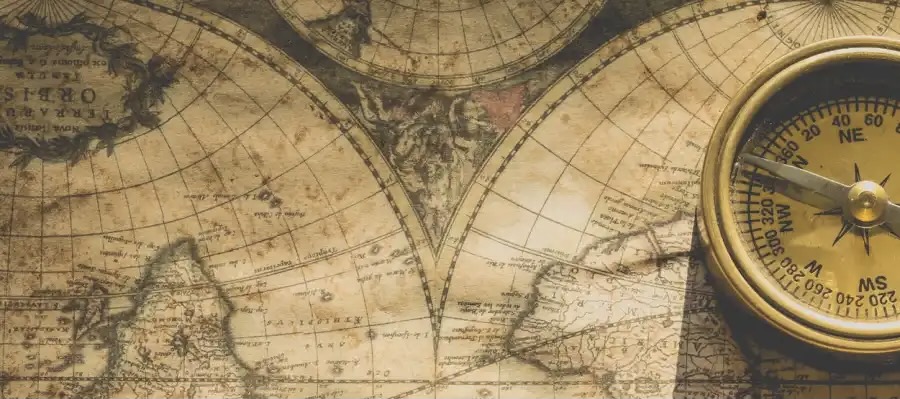“Totally Unique and Unexpected!” proclaims the sign at Great Sand Dunes National Park quoting an unnamed visitor. Indeed. That says it all, accurately and succinctly. The 30 square mile dunefield at the foot of the Sangre de Cristo Mountains is unlike anything I’ve seen before.

Approaching Great Sand Dunes NP

Entrance to Great Sand Dunes NP

View of the visitor center, dunes to the left, and the Sangre de Cristo Mountains behind

Mule deer along the road in the park
When I saw the dunes, two questions immediately came to mind: Where did all that sand come from? What keeps it there? The simple explanation is the sand originated in the San Juan Mountains to the west and around 440,000 years ago prevailing winds blew the sand from the San Luis Valley to the foot of the Sangre de Cristo Mountains. The sand was trapped there forming the largest dunes in North America. Countervailing winds occasionally push back keeping the dunes in essentially the same position. In fact, a display in the visitor center of photos taken 138 years apart shows hardly any overall movement of the dunes. It’s actually more complicated and new research continues to change and refine our understanding. You can read a more in-depth explanation here.
You, like me, may have visited beaches where signs admonish the visitor to stay off the sand dunes. The delicate ecosystem is easily disrupted and the sand dunes erode more quickly when disturbed. Due to this prior experience, I was surprised to have full access to hike and explore these dunes. What an amazing experience that was!
To access the dunes, we first had to cross Medano Creek, which was virtually dry in September.

Nearly dry Medano Creek bed

Jim crossing the dry Medano Creek bed
Compare my photos to the ones with water in the park brochure here. In springtime, when the water is flowing, the creek is another favorite feature of the park.
Walking across the flat creek bed was easy with the sand packed down, but the hike became more difficult as the sand got looser and the incline steeper. The highest dune is over 750 feet tall (228 meters) and the elevation at the visitor center is 8170 feet (2490 meters) so the air is thinner here, too.

Great Sand Dunes

Great Sand Dunes

The Sangre de Cristo Mountains

We’re going to climb THAT?

Jim hiking the ridge

Onward!

Are we there yet?

Jim’s enthusiasm is still evident

I’m ready for a rest
On the photo above, note the kids on the ridge behind me. They’re sand boarding down the slope. Rentals are available nearby for sandboards and sand sleds. The surface of the sand in summer can reach 150 degrees so this is better attempted early or late in the day or in spring or fall. Watch my short video of these kids sandboarding here.

View of the Sangre de Cristo Mountains
Great Sand Dunes National Park was the last stop on the Epic Road Trip of 2015. After two weeks on the road traveling 4300 miles (6900 km) visiting 12 national parks and monuments as well as 2 UNESCO World Heritage sites, various state parks and other points of interest, it was time to head home. Until the next time.
Based on events of September 2015.

Thought this post needed a comment. Come on over a while and visit my blog, have a read 🙂